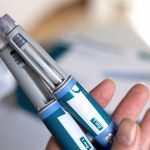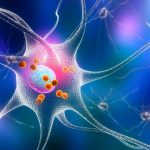
The omega-3 and omega-6 fatty acids in fish oil supplements might help protect people from cancer, a new study claims. Study participants with higher levels of omega-3s had lower rates of colon, stomach, lung and other digestive tract cancers, researchers found. Likewise, high omega-6 levels led to lower rates of 14 different cancers, including brain, melanoma, bladder and more, result showed. “These findings suggest that the average person should focus on getting more of these fatty acids in their diets,” said lead researcher Yuchen Zhang, a doctoral student with the University of Georgia’s College of Public Health. The study relied on data from more than 253,000 participants in the UK Biobank research project. As part of that project, participants filled out dietary questionnaires and had their health tracked for decades. Of those people, nearly 30,000 developed some form of cancer, researchers said. Importantly, the benefits of high levels of fatty acids were independent of other cancer risk factors like BMI, alcohol use or physical activity. These fatty acids are present in fatty fish, nuts and plant-based cooking oils, but many people turn to fish oil supplements to make sure they’re getting enough. However, the benefits of these fatty acids aren’t universal. The researchers noted that high omega-3 levels could be associated with a slightly higher risk of prostate cancer. “For women, it’s an easy decision:… read on > read on >











-150x150.jpg)






